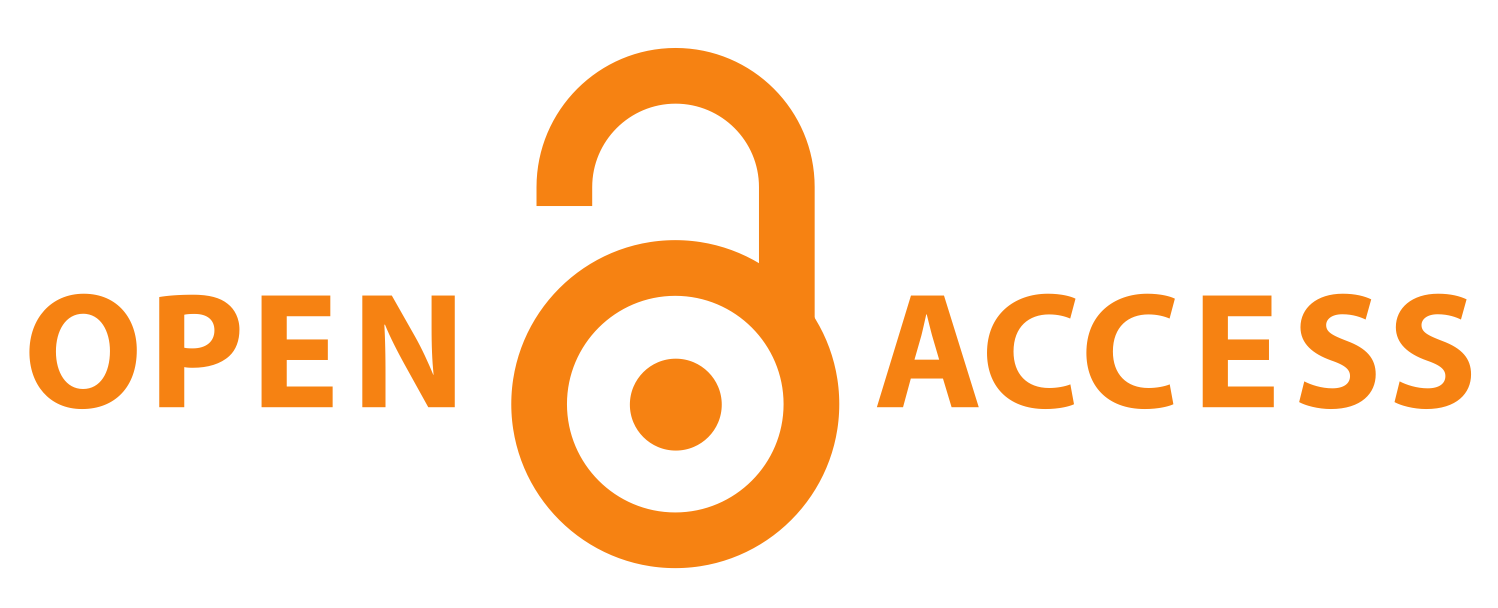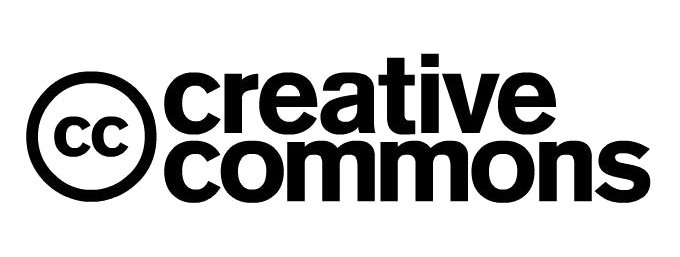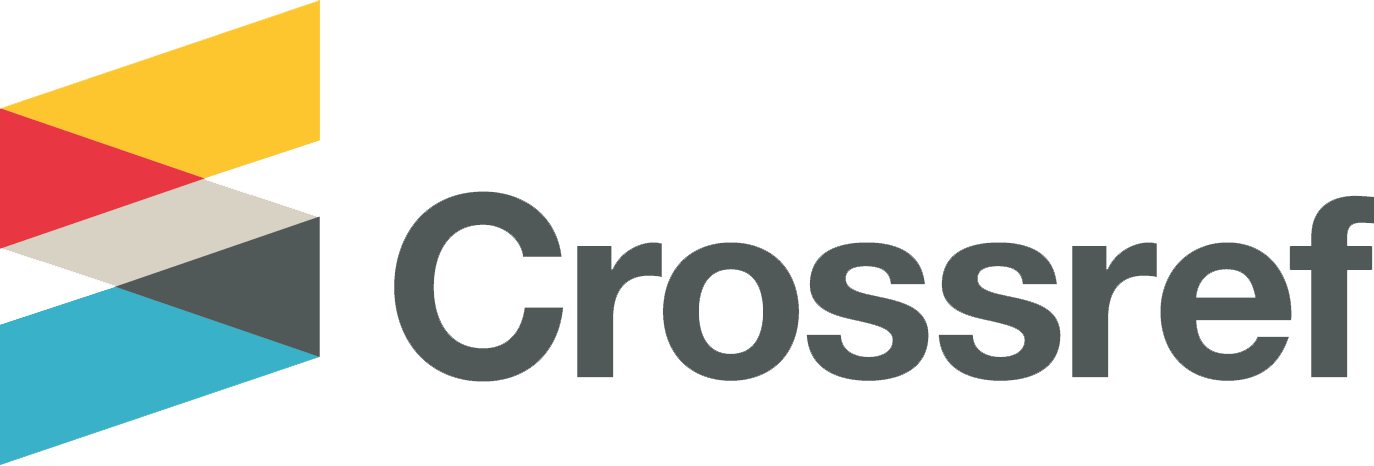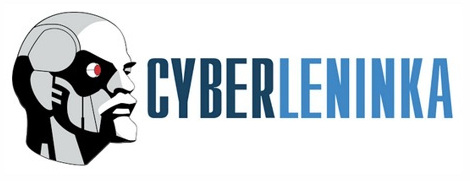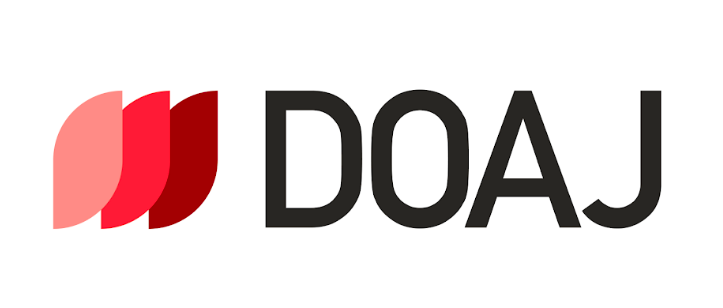Composition, structure and properties of PbSb2Te4 crystals grown by the Chokhralsky method
DOI:
https://doi.org/10.33910/2687-153X-2025-6-3-144-149Keywords:
semiconductor, PbSb2Te4, thermoelectricity, topology insulator, tetradymites, doping, kinetic coefficients, nanocomposites, X-Ray diffraction analysis, temperature dependences of the Hall coefficient, valence band structureAbstract
This paper presents the results of X-ray diffraction and electrophysical studies of PbSb2Te4
crystals grown by the Chokhralsky method. The phase composition and crystal structure of ingots,
including those doped with a donor admixture of copper, are discussed from the qualitative and quantitative
perspectives. The samples are a periodic structure. They are multiphase, with PbSb2Te4 and Sb2Te3
as dominant phases. The presence of intrinsic electrically active point defects causes a high concentration
of holes p ≈ 3.2 × 1020 cm-3. The temperature dependences of the kinetic coefficients indicate a complex
structure of the valence band. Impurity atoms occupy vacancies in the metal sublattice during alloying
and form chemical compounds with Sb and Te atoms.
References
Aguilera, I., Friedrich, C., Bihlmayer, G. et al. (2013) GW study of topological insulators Bi2Se3, Bi2Te3, and Sb2Te3: Beyond the perturbative one-shot approach. Physical Review B, 88 (4), article 045206. https://doi.org/10.1103/PHYSREVB.88.045206 (In English)
Askerov, B. M. (1994) Electron Transport Phenomena in Semiconductors. Singapore: World Scientific Publ., 394 p. (In English)
Chen, Y. L., Analytis, J. G., Chu, J.-H. et al. (2009) Experimental realization of a three-dimensional topological insulator Bi2Te3. Science, 325, 178–181. https://doi.org/10.1126/science.1173034 (In English)
Hattori, Y., Sagisaka, K., Yoshizawa, S. et al. (2023) Topological surface states hybridized with bulk states of Bi-doped PbSb2Te4 revealed in quasiparticle interference. Physical Review B, 108 (12), article 121408. https://doi.org/10.1103/physrevb.108.l121408 (In English)
Jayan, K. D., Rakesh, P. (2022) First principles roadmap to topological insulators for quantum computing applications. Recent Trends in Chemical and Material Sciences, 8, 136–148. https://doi.org/10.9734/bpi/rtcamsv8/2319B (In English)
Kaidanov, V. I., Erasova, N. A., Zhitinskaya, M. K. (1972) Kineticheskie yavleniya v poluprovodnikakh [Kinetic phenomena in semiconductors]. Leningrad: Kalinin Leningrad Polytechnic Institute Publ., 79 p. (In Russian)
Lu, P., Wang, X., Lu, M. (2012) Largely enhanced thermoelectric properties of the binary-phased PbTe–Sb2Te3 nanocomposites. Journal of Materials Research, 27, 734–739. https://doi.org/10.1557/jmr.2011.44110 (In English)
Menshchikova, T. V., Eremeev, S. V., Chulkov, E. V. (2013) Electronic structure of SnSb2Te4 and PbSb2Te4 topological insulators. Applied Surface Science, 267, 1–3. https://doi.org/10.1016/J.APSUSC.2012.04.048 (In English)
Shelimova, L. E., Karpinski, O. G., Konstantinov, P. P. et al. (2008) Anizotropnye termoelektricheskie materialy dlya termogeneratorov na osnove sloistykh tetrademitopodobnykh khal’kogenidov [Anisotropic thermoelectric materials for thermogenerators based on layered tetradimite-like chalcogenides]. Perspektivnye materialy, 2, 28–38. (In Russian)
Shelimova, L. E., Karpinskii, O. G., Svechnikova, T. E. et al. (2004) Synthesis and structure of layered compounds in the PbTe-Bi2Te3 and PbTe-Sb2Te3 systems. Inorganic Materials, 40 (5), 1264–1270. https://doi.org/10.1007/s10789-005-0069-1 (In English)
Wang, K. L., Lang, M., Kou, X. (2016) Spintronics of Topological Insulators. In: Y. Xu, D. Awschalom, J. Nitta (eds.). Handbook of Spintronics. Dordrecht: Springer Publ., pp. 431–462. https://doi.org/10.1007/978-94-007-6892-5_56 (In English)
Downloads
Published
Issue
Section
License
Copyright (c) 2025 Sergei A. Nemov, Valentina D. Andreeva, Aleksei Yu. Aliabev

This work is licensed under a Creative Commons Attribution 4.0 International License.
The work is provided under the terms of the Public Offer and of Creative Commons public license Creative Commons Attribution 4.0 International (CC BY 4.0).
This license permits an unlimited number of users to copy and redistribute the material in any medium or format, and to remix, transform, and build upon the material for any purpose, including commercial use.
This license retains copyright for the authors but allows others to freely distribute, use, and adapt the work, on the mandatory condition that appropriate credit is given. Users must provide a correct link to the original publication in our journal, cite the authors' names, and indicate if any changes were made.
Copyright remains with the authors. The CC BY 4.0 license does not transfer rights to third parties but rather grants users prior permission for use, provided the attribution condition is met. Any use of the work will be governed by the terms of this license.

